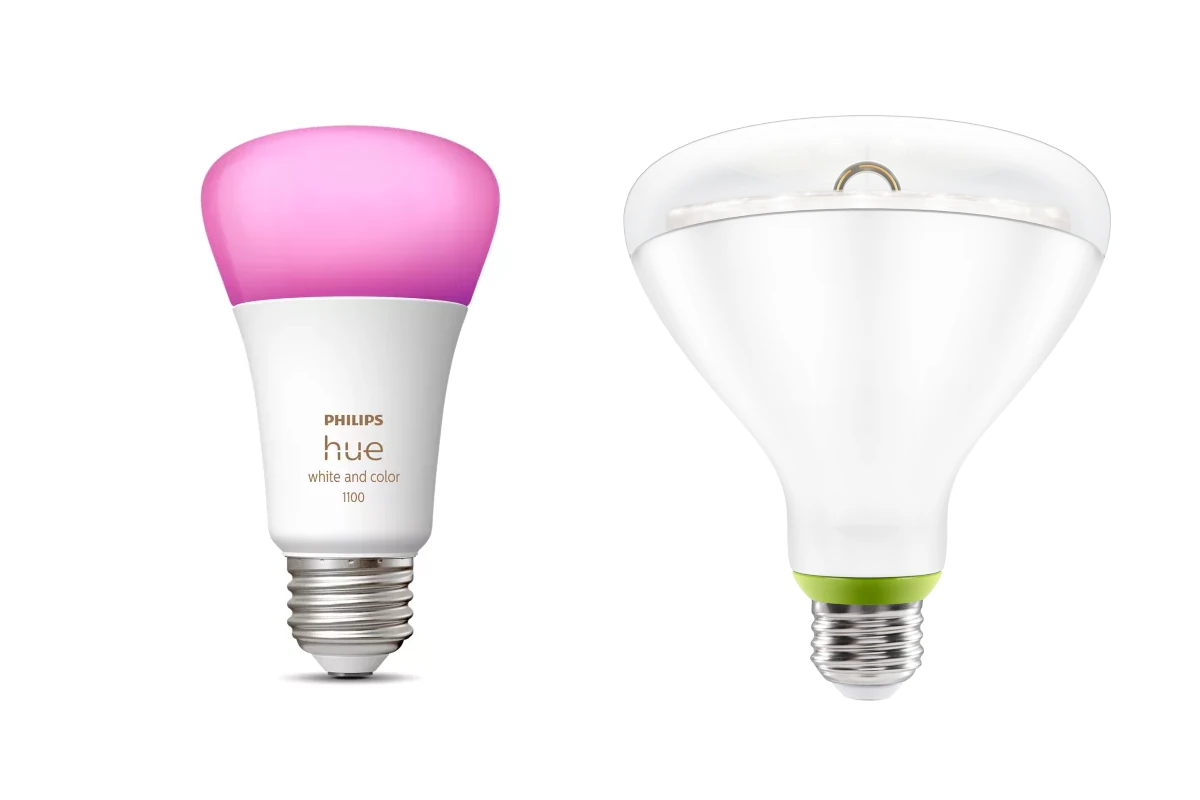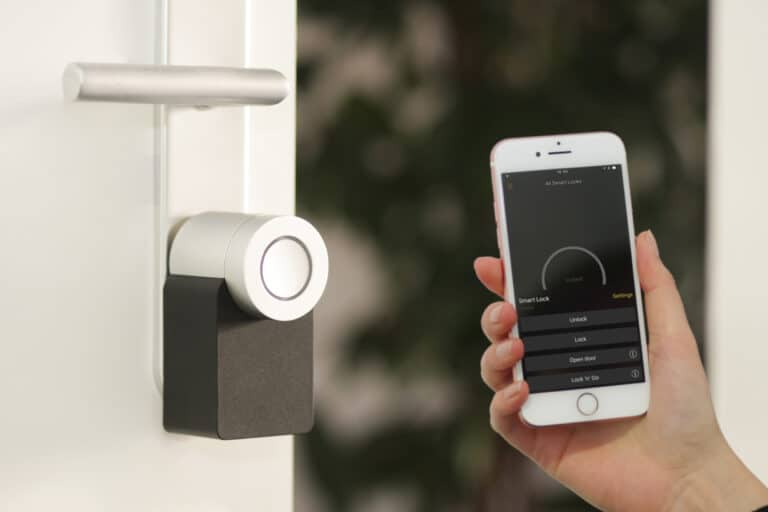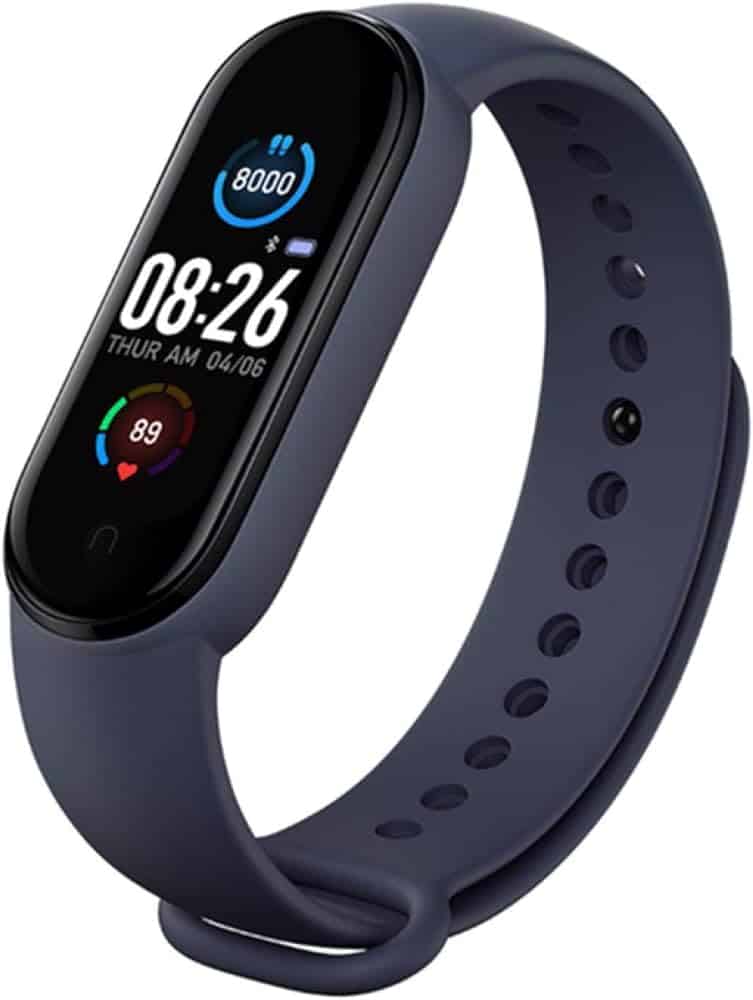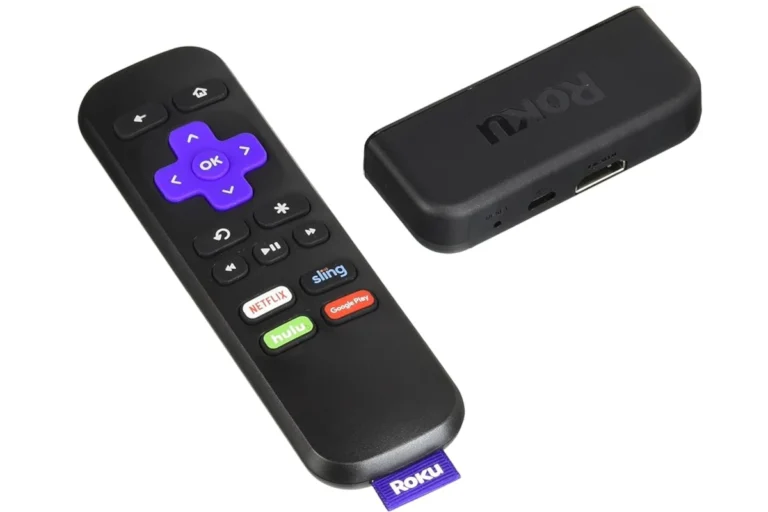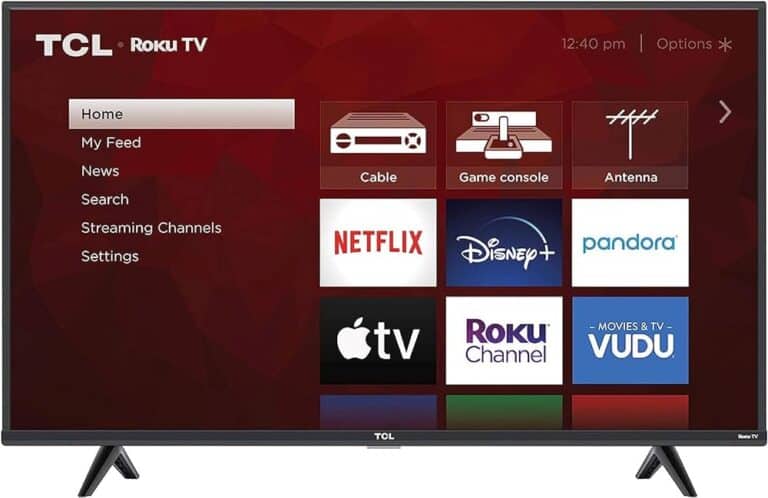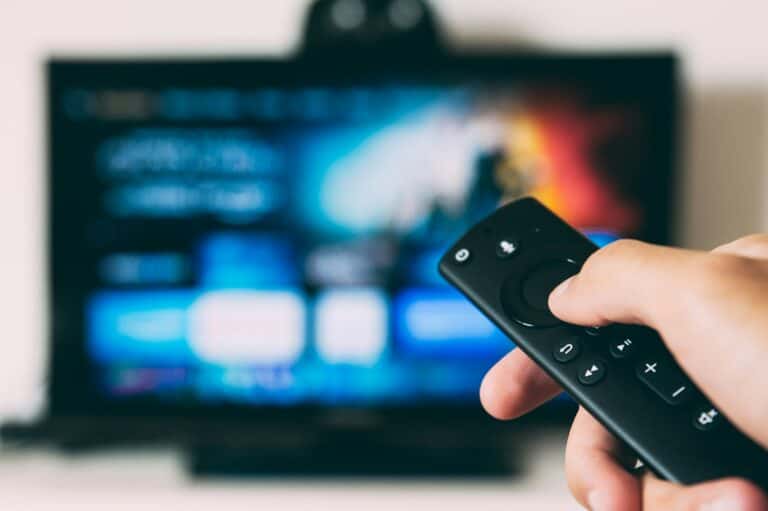Smart bulbs make it easy to control lighting with a phone or voice assistant, replacing standard bulbs with connected options that adjust brightness, color, and schedules. They give people direct control over light levels and color tones without needing extra switches or complicated setups. Many models now work with platforms like Alexa, Google Assistant, and Apple HomeKit, making them simple to add to an existing smart home.
These bulbs vary in brightness, measured in lumens, and can range from warm white light to millions of color choices. Some offer energy reports, while others focus on affordable options with basic dimming. Whether the goal is to create a calm space, brighten a work area, or add decorative lighting, smart bulbs provide flexibility that standard bulbs cannot match.
As prices have dropped, smart lighting has become accessible for most households. A single bulb can cost under $10, and many no longer require a hub to connect. This makes it easier to start small with one or two bulbs and expand as needed.
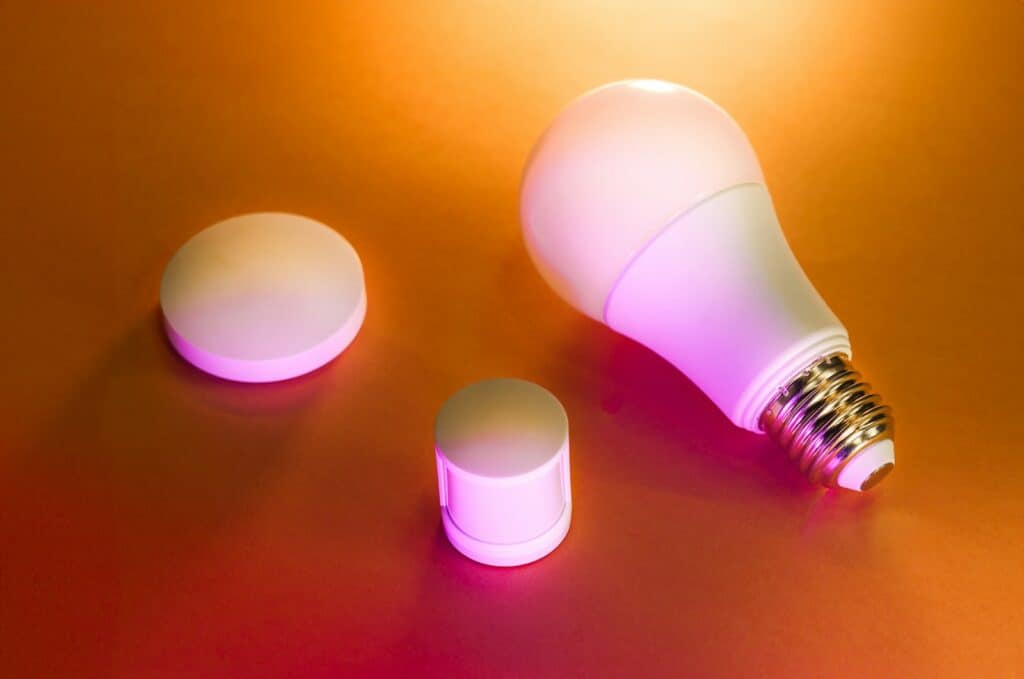
Smart Bulb Features, Setup & Compatibility
Smart bulbs are one of the simplest ways to make your home “smart.” They replace standard light bulbs but add remote control, automation, and customization features.
🌟 Key Features of Smart Bulbs
- Remote Control
- Turn lights on/off or dim them from your phone, even when away.
- Voice Control
- Works with Alexa, Google Assistant, or Siri for hands‑free control.
- Dimming & Brightness Control
- Adjust brightness without installing a dimmer switch.
- Color Options
- White‑only bulbs let you change color temperature (warm to cool).
- RGB bulbs offer millions of colors for mood lighting.
- Scheduling & Automation
- Set lights to turn on at sunset, off at bedtime, or when you arrive home.
- Scenes & Routines
- Create presets like “Movie Night” or “Morning Wake‑Up.”
- Energy Monitoring (on some models)
- Track power usage to save on electricity.
⚙️ Setup: How to Install Smart Bulbs
- Check Compatibility
- Make sure the bulb fits your socket (E26, E27, GU10, etc.).
- Verify voltage (120V in US, 220–240V in EU).
- Install the Bulb
- Screw it into the socket like a normal bulb.
- Download the App
- Each brand (Philips Hue, TP‑Link Kasa, Wyze, etc.) has its own app.
- Connect to Wi‑Fi or Hub
- Wi‑Fi bulbs connect directly to your router.
- Zigbee/Z‑Wave bulbs need a hub (like Philips Hue Bridge or SmartThings).
- Pair the Bulb
- Follow in‑app instructions (usually involves turning the bulb on/off in a sequence to enter pairing mode).
- Name & Organize
- Assign bulbs to rooms or groups for easier control.
- Add to Smart Assistants
- Link the bulb’s app to Alexa, Google Home, or Apple Home for voice commands.
🔄 Compatibility Considerations
- Wi‑Fi Bulbs
- Easy setup, no hub needed.
- May crowd your router if you have many devices.
- Zigbee/Z‑Wave Bulbs
- Require a hub/bridge but are more reliable and scalable.
- Great for larger smart home setups.
- Smart Home Ecosystems
- Apple HomeKit: Works with Siri and iOS automation.
- Amazon Alexa: Voice control and routines.
- Google Home: Voice and smart home integration.
- Dimmers & Switches
- Smart bulbs usually don’t work well with traditional dimmer switches — use standard on/off switches or smart switches designed for them.
🛠️ Troubleshooting Tips
- Bulb won’t connect?
- Ensure it’s on 2.4 GHz Wi‑Fi (many bulbs don’t support 5 GHz).
- Bulb unresponsive?
- Reset by turning on/off in a quick sequence (check brand’s reset method).
- Voice assistant not working?
- Re‑link the bulb’s app to your smart assistant.
📝 Bottom Line
Smart bulbs offer convenience, customization, and energy savings. They’re easy to set up, but you’ll want to pick the right type (Wi‑Fi vs. Zigbee) and ensure compatibility with your smart home system.
For a simple setup → Wi‑Fi bulbs are best.
For a large, reliable smart home → Zigbee/Z‑Wave with a hub is the way to go.
Key Takeaways
- Smart bulbs replace standard bulbs with connected lighting.
- They adjust brightness, color, and schedules through apps or voice.
- Many options are affordable and work with major platforms.
Frequently Asked Questions
Smart bulbs vary in features such as compatibility with voice assistants, app controls, and extra accessories. They use wireless connections like Wi-Fi or Bluetooth to give users flexible control and scheduling options.
What are the best smart bulbs currently on the market?
Popular options include Philips Hue, LIFX, and TP-Link Kasa. Philips Hue offers a wide ecosystem with accessories and strong app support. LIFX bulbs stand out for their bright output and wide color range. TP-Link Kasa bulbs are often more affordable and integrate easily with common smart home systems.
How do smart bulbs integrate with Amazon Alexa?
Smart bulbs connect to Alexa through the Alexa app. After linking the bulb’s brand account, users can control lights with voice commands. Alexa supports functions like turning bulbs on or off, adjusting brightness, changing colors, and creating routines that combine lighting with other smart devices.
Can smart bulbs be controlled with Google Home?
Yes, most smart bulbs work with Google Home. Setup involves linking the bulb’s app account in the Google Home app. Once connected, users can issue voice commands to control power, brightness, and color. Google Home also allows grouping bulbs by room for easier management.
What app features are important for controlling smart light bulbs?
Key features include scheduling, dimming, and color control. Many apps also support grouping bulbs, setting automation rules, and remote access when away from home. Firmware update support within the app is important to keep bulbs secure and reliable.
What is the process behind the functioning of smart bulbs?
Smart bulbs contain wireless chips that connect to Wi-Fi or Bluetooth. The app or voice assistant sends a signal through the network, which the bulb’s chip translates into actions like turning on, dimming, or changing color. Some systems use a hub, while others connect directly to the router.
Are there smart bulbs available that come with a remote control?
Yes, some brands sell bulbs with dedicated remotes. Philips Hue offers optional wireless dimmer switches, and other budget brands include handheld remotes for basic on/off and dimming. These remotes are useful when users prefer not to rely on apps or voice assistants.

